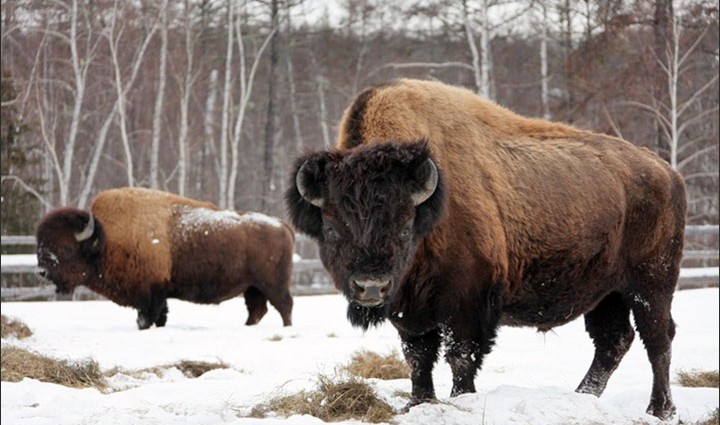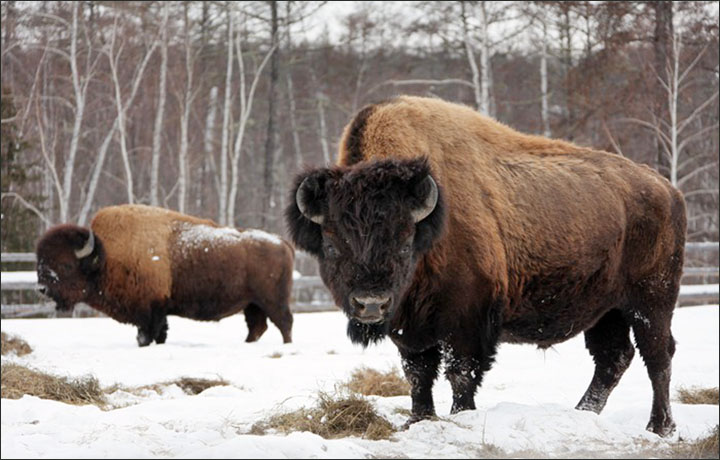Cloning ancient extinct bison sounds like sci-fi, but scientists hope to succeed within years

Russian and South Korean scientists are collaborating on the ambitious project of bringing back to life the extinct steppe bison. They plan to extract DNA from an ancient bison tail, which remained preserved in Siberia's permafrost for years, in order to create clones of the animals.
The steppe bison is thought to have become extinct in the early Holocene – a period that started 11,700 years ago – after having roamed the steppes of western and eastern Europe, Central Asia, Japan and north-west Canada. But in August 2016, remains of a tail were discovered in the Sakha Republic, in the basin of a river known as Indigirka.
Want to smoke Hunter S Thompson's favourite weed? His widow is cloning his stash
Although more tests need to be done to date the discovery, Dr Semyon Grigoryev, the director of Mammoth Museum at the North-Eastern Federal University, who leads the project, told the Siberian Times that it was probably no younger than 8,000 years old.
The idea of reviving an ancient species that has been extinct for millennia may sound like science-fiction, but the scientists strongly believe it would be possible in the near future.
They are currently working on cloning a Canadian wood bison for the first time, using a cow as surrogate mother. If they succeed, they will show that inter-species cloning is possible; this is crucial to bringing ancient species back to life as scientists would have to use surrogate mothers from modern-day species.
Политика конфиденциальности | Правила пользования сайтом









